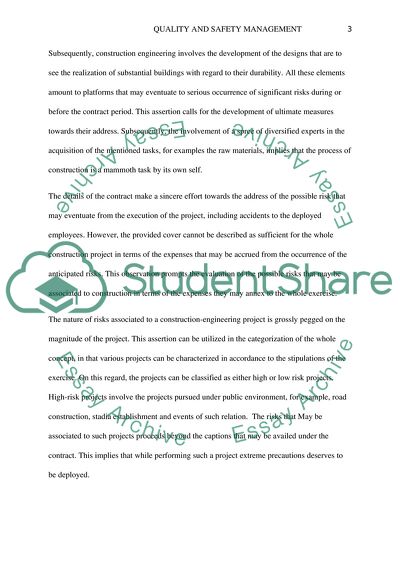Cite this document
(Quality Safety Management Coursework Example | Topics and Well Written Essays - 2250 words - 1, n.d.)
Quality Safety Management Coursework Example | Topics and Well Written Essays - 2250 words - 1. https://studentshare.org/engineering-and-construction/1799108-quality-safety-and-management
Quality Safety Management Coursework Example | Topics and Well Written Essays - 2250 words - 1. https://studentshare.org/engineering-and-construction/1799108-quality-safety-and-management
(Quality Safety Management Coursework Example | Topics and Well Written Essays - 2250 Words - 1)
Quality Safety Management Coursework Example | Topics and Well Written Essays - 2250 Words - 1. https://studentshare.org/engineering-and-construction/1799108-quality-safety-and-management.
Quality Safety Management Coursework Example | Topics and Well Written Essays - 2250 Words - 1. https://studentshare.org/engineering-and-construction/1799108-quality-safety-and-management.
“Quality Safety Management Coursework Example | Topics and Well Written Essays - 2250 Words - 1”. https://studentshare.org/engineering-and-construction/1799108-quality-safety-and-management.


